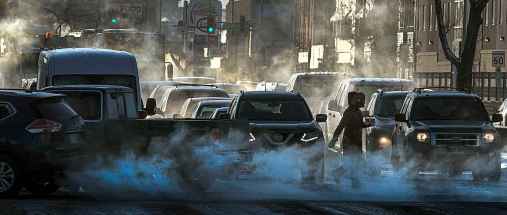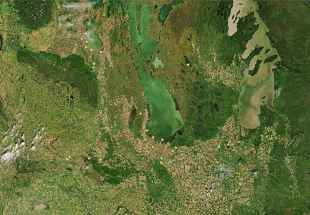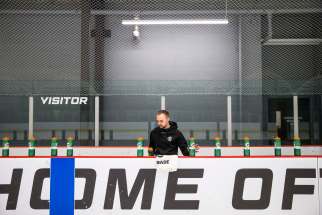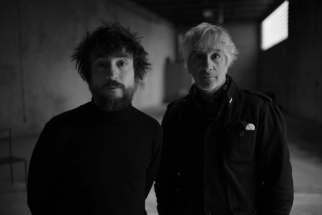Roads scholars Musicians from New York and Barcelona find inspiration in the feminine names of Winnipeg streets
Read this article for free:
or
Already have an account? Log in here »
To continue reading, please subscribe:
Monthly Digital Subscription
$0 for the first 4 weeks*
- Enjoy unlimited reading on winnipegfreepress.com
- Read the E-Edition, our digital replica newspaper
- Access News Break, our award-winning app
- Play interactive puzzles
*No charge for 4 weeks then price increases to the regular rate of $19.00 plus GST every four weeks. Offer available to new and qualified returning subscribers only. Cancel any time.
Monthly Digital Subscription
$4.75/week*
- Enjoy unlimited reading on winnipegfreepress.com
- Read the E-Edition, our digital replica newspaper
- Access News Break, our award-winning app
- Play interactive puzzles
*Billed as $19 plus GST every four weeks. Cancel any time.
To continue reading, please subscribe:
Add Free Press access to your Brandon Sun subscription for only an additional
$1 for the first 4 weeks*
*Your next subscription payment will increase by $1.00 and you will be charged $16.99 plus GST for four weeks. After four weeks, your payment will increase to $23.99 plus GST every four weeks.
Read unlimited articles for free today:
or
Already have an account? Log in here »
Hey there, time traveller!
This article was published 21/02/2020 (2122 days ago), so information in it may no longer be current.
The streets of Winnipeg have long served as inspiration for musicians who call it home. John K. Samson of the Weakerthans sang about how the “bare bulb of moon swings over Portage Avenue” on Grace General, while Neil Young and Randy Bachman turned our most infamous intersection, Portage and Main, into a shout-along chorus on Prairie Town.
Less common is Winnipeg having the same influence on an art-rock pioneer from New York City and a flamenco guitarist from Barcelona.
For their latest collaboration, Names of North End Women, released Friday, Sonic Youth co-founder Lee Ranaldo and Raül Refree began with notes Ranaldo had jotted down while walking around Winnipeg. Ranaldo has a connection to the city: his wife, multimedia artist Leah Singer, is from here.
Myths and misses
Lee Ranaldo isn’t the only one who has been captivated by the Winnipeg streets bearing women’s names.
Those streets are also at the centre of a popular and persistent piece of Winnipeg lore. Many people believe they are named for, um, ladies of the night.
Sabrina Janke, a heritage assistant at Heritage Winnipeg, has heard that one many times before, particularly when she was a tour guide for the Exchange District BIZ.
Lee Ranaldo isn’t the only one who has been captivated by the Winnipeg streets bearing women’s names.
Those streets are also at the centre of a popular and persistent piece of Winnipeg lore. Many people believe they are named for, um, ladies of the night.
Sabrina Janke, a heritage assistant at Heritage Winnipeg, has heard that one many times before, particularly when she was a tour guide for the Exchange District BIZ.
“I heard it relentlessly,” she says with a laugh. “That was the one rumour people knew and were like, ‘Yes, this is a fact about Winnipeg that I do know’ and then I would have to burst their bubbles.
“The actual reality isn’t nearly as thrilling.”
Lydia, Kate, Harriet, Dagmar and Juno streets were all named for the “daughter of a prominent citizen,” Janke says. “That’s all that’s listed about them.” Not prominent enough, apparently.
Isabel Street, meanwhile, is named for the daughter of Alexander Ross, the fur trader and author who has not one, but two streets named after him. Lenore Street was named for the daughter of Lendrum McMeans, the Conservative politican who served in the Legislative Assembly of Manitoba from 1910 to 1914.
Over in the Earl Grey neighbourhood, Jessie Avenue was named for the wife of politician, educator and lawyer Arthur Wellington Ross, while Garwood Avenue was named for Garwood Lewis, wife of J.A. Lewis, who was appointed to the Senate in 1920.
Janke noticed if a street was named after a prominent woman, it would bear her last name. Parker Avenue is named for the journalist Elizabeth Fulton (The Bookman) Parker, who wrote a column for the Manitoba Free Press. Talbot Avenue was named for Alice Talbot, the first principal of Talbot School and wife of Archbishop Matheson.
As far as she can tell, there are no prostitutes among the ranks of Daughters of Prominent Citizens, but you never know.
“It’s hard to trace the rumour back to any particular source,” Janke says. “As far as I can tell, the first time I’ve ever seen it pop up is in My Winnipeg.”
Ah, yes. Filmmaker Guy Maddin’s 2007 dreamlike “docu-fantasia” that blends (and bends) civic and personal history is a likely source of such a rumour, which continues to be repeated as fact.
“It’s a fun, scandalous story,” Janke says. “It’s one of those things where you shouldn’t let the truth get in the way of a good story. I still talked about it on tours because I thought it was a fun legend. I just made sure to preface by saying, ‘This is what people think, but it’s not real.’”
For those who want to learn more, the Manitoba Historical Society has a good online database, informed by Jaroslav Bohdan Rudnyckyj’s Mosaic of Winnipeg Street Names and The Cradle of Winnipeg History by Harry Shave.
— Jen Zoratti
Ranaldo and Singer usually come to Winnipeg during the holidays and, during a cold December day two years ago, he recalls noticing, for the first time, that many of Winnipeg streets are named after women. (The album is called Names of North End Women, but most of the inspiration streets, save for Flora and Stella, are located on the other side of the tracks, in Winnipeg’s Centennial neighbourhood: Pearl, Olivia, Lydia, Kate, Juno, Harriet, Gertie, Frances, Ellen, Dagmar, etc.)
“I was fascinated with these street names, and I just thought it was weird that they were first names,” Ranaldo says, over the phone from New York. “They were anonymous names, or universal names, I couldn’t quite figure it out. Later, I parked my car in that super cold winter and wandered the streets and taking pictures of the street signs.
“Every once in a while, one of the streets would be the name of somebody I know, like Lydia or whatever. It kinda felt like it was a ‘this is your life’ moment, like these names were someone from your past, or present, or maybe future. It gave me this very particular feeling. I wrote all the names down as I was walking around in my notebook and it kind of ended up being this column of words.”

Ranaldo says he’s sure it’s not the first time Winnipeg has influenced his music. “But it’s the first time it’s done so in a more literal way.” There’s a song on the album called At the Forks, too.
The column of women’s names served as a spark for an experimental, collage-style album that pulls threads from everywhere, both musically and lyrically. For the lyrics, Ranaldo didn’t worry so much about penning linear songs, instead writing new compositions that suited the melodies, borrowing from archival poems, as well as incorporating lines sent to them by novelist Jonathan Lethem (Motherless Brooklyn), who worked on the duo’s last album, 2017’s Electric Trim.
Musically, both artists wanted to create under as few constraints as possible. Ranaldo had come in with a handful of demos, but the pair quickly noticed they weren’t using them. “We felt completely free to play around and try new things,” Refree says. “We didn’t have any pressure. We were just having fun.”
“We knew we wanted to move away from rock music and move into landscape-y elements of sound and be as experimental as we could,” Ranaldo adds. “We have a blast when we’re in the studio together. It’s a laboratory situation where we’re trying things. If it doesn’t work one way, we go down a different avenue.”

Moving away from rock music meant putting down their guitars in favour of more unconventional instrumentation.
“We dragged out these old cassette machines and I had some old tapes of gamelan instruments (marimba, vibraphone), so we were mixing stuff we’d recorded live in the studio with these instruments, with sounds from the ’50s or ’60s on these old cassette tapes we bought in Indonesia back in the day,” Ranaldo says. “It was a really fun process of layering all this strata, these high-tech machines and these low-tech machines with analogue hiss.”
The resulting Names of North End Women isn’t necessarily what pops in your head when you think “experimental.” It’s a propulsively rhythmic, gorgeously melodic collection of songs the pair are in the process of figuring out how to play live and take on the road — perhaps, even, to the city that inspired them.
“It would be really cool to play this music in Winnipeg,” Ranaldo says. “It definitely would.”
jen.zoratti@freepress.mb.ca
Twitter: @JenZoratti


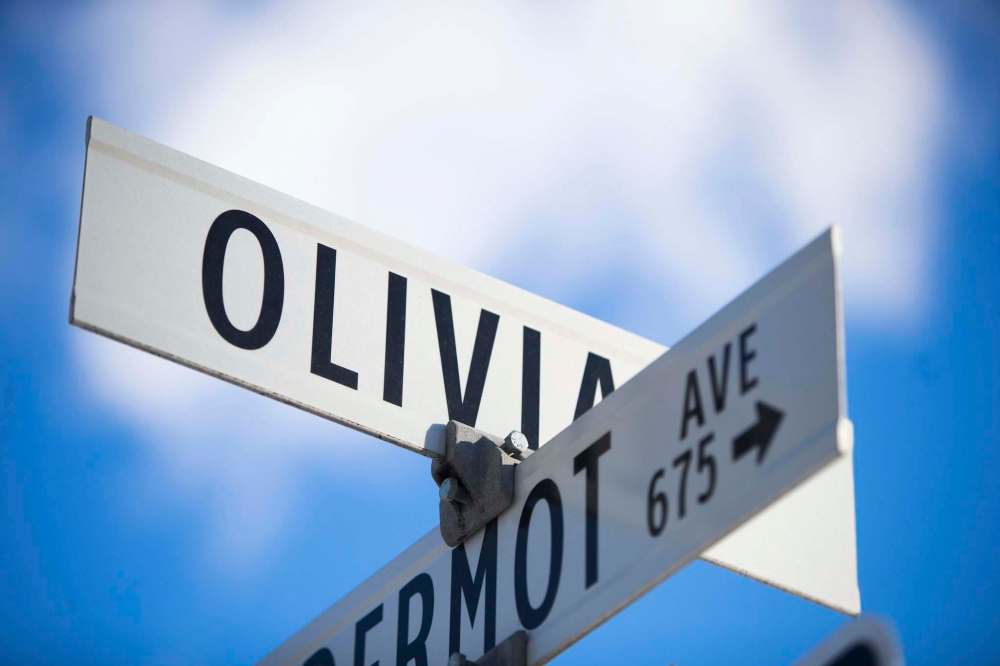



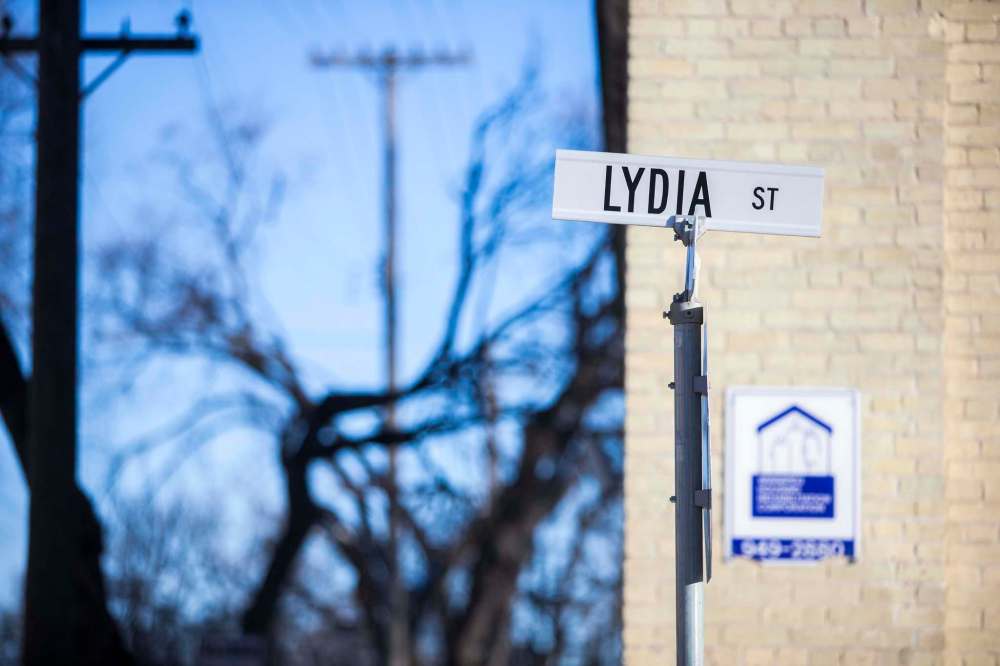

Jen Zoratti is a Winnipeg Free Press columnist and author of the newsletter, NEXT, a weekly look towards a post-pandemic future.
Our newsroom depends on a growing audience of readers to power our journalism. If you are not a paid reader, please consider becoming a subscriber.
Our newsroom depends on its audience of readers to power our journalism. Thank you for your support.

